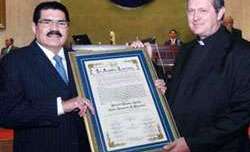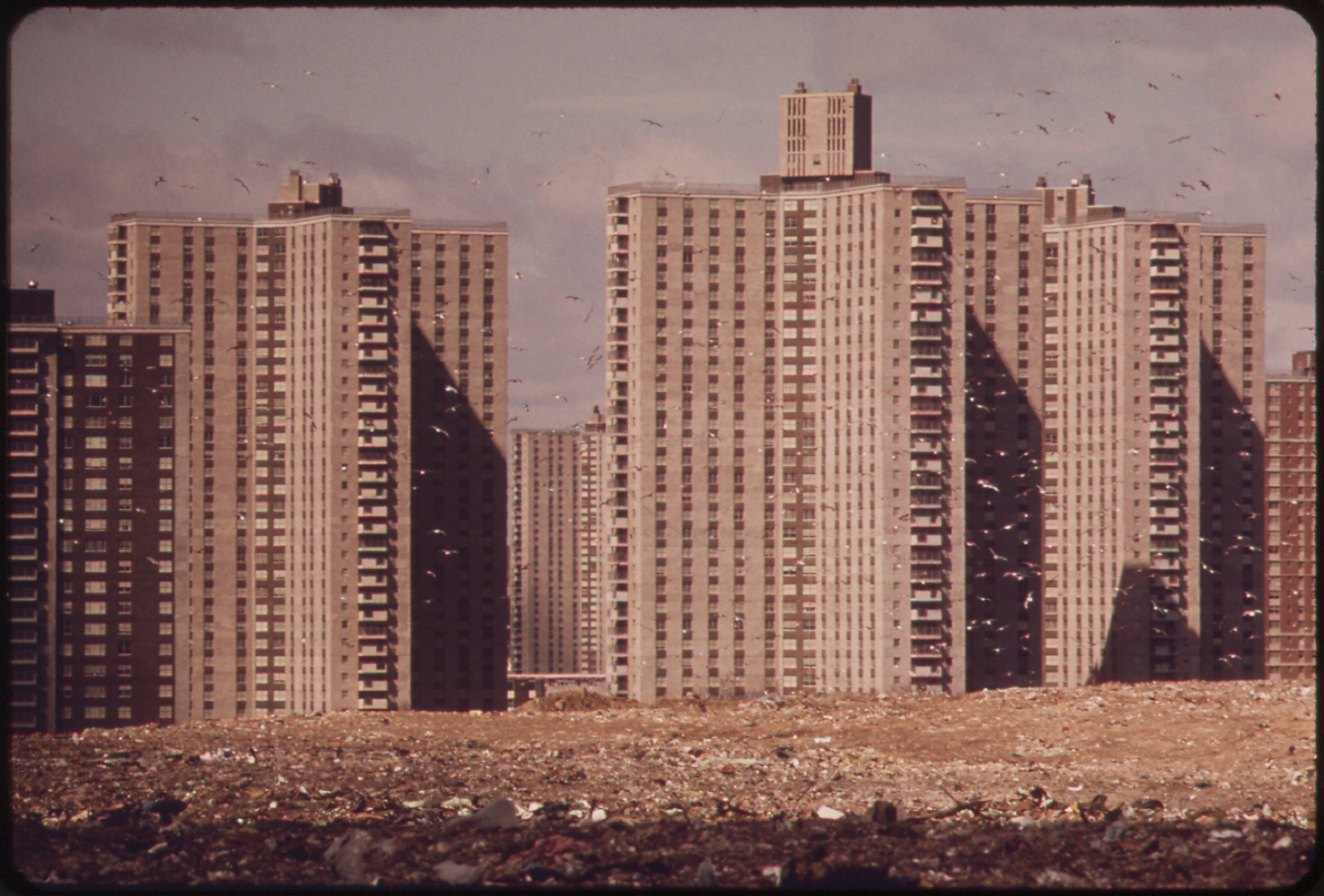Lucy Saavedra will always remember the fiesta days at the shrine of Our Lady of Guadalupe in Mexico City—the brilliant sunlight in the afternoon and the carnival atmosphere; the joyful bustle and clamor in the square; the excited chatter of the boys and the girls all dressed-up like 16th-century native peasants; the jangling bracelets and anklets of the natives who danced in their plumed caps and loin cloths; the colorful booths and the banter of the peddlers of icons, candles, and rosaries.
Now a parishioner at St. Patrick’s Church in Albany, Saavedra can still picture the spectacle of devout pilgrims, the young and the old, the poor and the rich, the sick and the lame, on their knees, making their way in a slow, penitential procession over the several miles of hard, stone road that led to the basilica.
She remembers herself as a little girl, timidly and with great reverence approaching the altar, and the sweet fragrance of the flowers and the white wax candles. Drawing near and genuflecting, she opened her eyes widely and fixed on the cloak hanging above the altar and on the glorious image it bore.
“It was like heaven itself, it was so beautiful,” she said in a recent interview.
Saavedra says the image of the one the Aztecs called “Teotenantzin” (Mother of God) is still before her eyes today, many years later: a beautiful, young, dark-skinned maiden, clothed in a white and blue dress with a blue, flowing robe flecked with white stars.
The Virgin stands atop a crescent moon that is supported by an angel, her whole body encricled by rays of golden light. Her head inclines slightly to one side as if she wants to better hear the cries of her children below; and her hands are folded in prayer above the black waist sash she wears as a sign that she is with child.
The story of the poor native, Juan Diego, to whom the Virgin Mary appeared in December 1531, is perhaps Saavedra’s story, too—or a metaphor for the experience of every Hispanic uprooted from her homeland and transplanted in America.
“It is beautiful,” she explains, “this story about Juan Diego and the way he struggled and how he suffered and what he had to go through to do what Our Lady wanted him to do.” She tells the tale with a passion and intensity.
“It was Dec. 9, 1531, and Juan Diego was leaving his village to go to church in Mexico City,” she began. “He was walking along his own private path which he had cut through the forest to get to church.
“As he walked, he heard a voice calling sweetly, like a mother would call to her child. ‘My son, my son,’ she said. She called him to come closer and then told him who she was and what she wanted. She wanted him to go tell the bishop to build a shrine here.”
Juan Diego had met Mary at Tepeyac, a hill on the northwest outskirts of Mexico City, where the Aztecs used to worship the mother of one of their gods. Mary had told him that she was “the Mother of the true God who gives life” and that the shrine would be a site where she could express her “motherly love” for the natives who had been conquered and oppressed by the Spaniards.
But when Juan got to the palace of Bishop Zumarraga in Mexico City, they would not even let him in the door. “He was an Indian and he was very poor; they couldn’t believe him, Saavedra explained. “‘Why would the Blessed Mother appear to him?’ they asked.”
Juan went home despondent. The next day, as he walked down the same path, Mary appeared to him again and repeated her request. Again, Juan Diego appealed to Bishop Zumarraga. This time, Saavedra said, the bishop demanded that Juan bring him some “proof that he was really talking to the Virgin.”
“But Juan Diego had so many other things on his mind,” she said. “His uncle Bernard was dying and Juan knew he must get a doctor. So, the next day, he took a different path so he wouldn’t run into the Virgin. But she waiting on this path, too.
“She told him, ‘Don’t worry about your uncle. He’s cured.’ And then she told him to bring some roses to the bishop.”
That was no mean feat, since roses did not bloom in that part of Mexico at that time of year. Furthermore, the place the Virgin told him to look was a bare and rocky hillside, hardly hospitable for growing roses.
“But the roses were blooming there,” Saavedra said. “After Juan cut them, the Virgin arranged them in his cloak and warned him not to look at them or to show anyone else until he had brought them to the bishop.”
Once received by Bishop Zumarraga, Juan opened the cloak to display the roses and they tumbled out, revealing the beautiful image of Our Lady emblazoned on the inner lining of the cloak.
“Juan didn’t even know it was there until he opened his cloak for the bishop,” she said. “When they saw it, the bishop believed and he ordered the shrine to be built.”
Guadalupe’s Attraction
Five centuries later, Juan Diego’s cloak, known as a “tilma,” still hangs in the Basilica of Our Lady of Guadalupe in Mexico City and the Virgin continues to excite the love and veneration of Hispanics around the world, including that of Mrs. Saavedra and the other 15,000 Hispanics in the Albany area.
In appearing as an Indian maiden with child and promising “to hear the Indians’ lamentations and remedy their miseries, pain, and suffering,” Saavedra explained, Mary affirmed the dignity of the conquered peoples and instilled in them the hope that fro their sufferings would be born a new people.
And as her mother, now 78, brought her up to look to Our Lady for strength and perserverance, Saavedra is passing the memory of Guadalupe on to the daughter.
“I tell her,” she said, “that she has another mother who watches out and looks over her from heaven.”
First published in The Evangelist (December 7, 1989)
© David Scott, 2009. All rights reserved.


